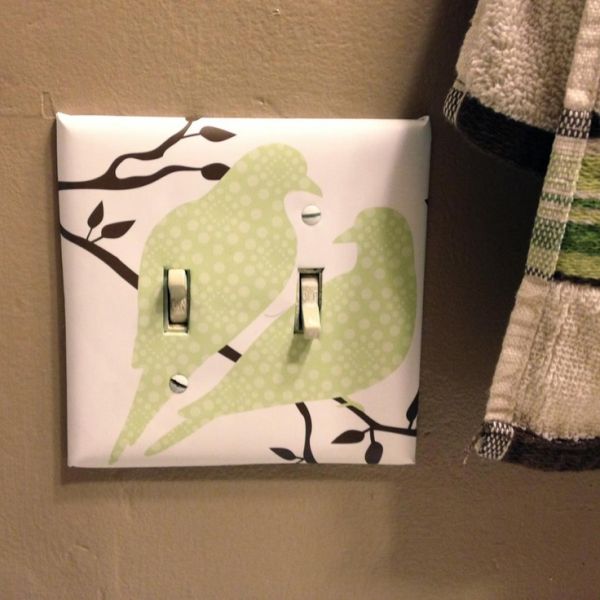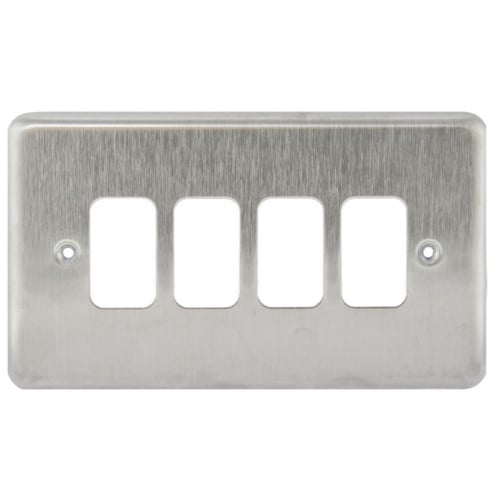Wall Switch Considerations
Wall switches uses to be purely functional. These days they help compliment the style of the home, add an additional tactile feel and even sometimes a touch of color.
You can talk to your Interior Designer and should plan ahead.
Firstly let's talk terminology:
Gang: This refers to how many switches are there in a cluster. If there are two switches, it's called two gang switch set. In my opinion, I would limit it to two or three, otherwise you'll find that you may accidentally turn on the other switch.
1 or 2 way: Some areas require a relay switch, where you can turn on the switch at one end and turn it off at the other. Often these are used in stairs or in a bedroom where you can control the switch from the entrance to the room and at the bedside.
Other considerations:
- cluster
It's important to think ahead on how many switches you want and group them accordingly. Having a huge nest of switches can add to confusion since you or even your guest may start turning on and off a bunch of switches to find the right one.
It may be better to keep it to one set per wall closest to where the lights or fans are.
- soft or hard touch
I prefer soft ones like Legrand Malia, instead of the loud "clack" types. So make sure you use the switches and like them before your contractor installs them.
On wall:
I like these Metalclad MK switches. They convey a different feel.
Materials and size:
- some are larger harder to miss, others are smaller like the Metalclad ones above.
You can also use older Bakelite switches from a different era.
Colors:
Some brands allow you to change the faceplates
Lights:
Others have lights to indicate whether they are turned on. But bear in mind, you may not like it when it's really bright at night.
Some switches have a classy gloss metal faceplate, like the MK Albany Plus series.
- some switches are linked to a whole smart home system, and these come with their own pros and cons. Remember, if you wish to keep it simple, the physical switch is an oldie but goldie. The last thing you want is to fumble because the wifi is down or the app / handphone does not work.
Other considerations:
There are also waterproof alternatives for wet areas, and some switches which work even when there is a black out. These are usually installed in places like hospitals or crucial work areas.
I have switches to turn off the motors at the pool.
Finally, most switches are 10A or 13A, but you can get 20A ones for things like spa, heaters and other high current items such as an induction cooker or hood.
You can add little stickers or labels to make it easier to identify what each switch does, and smooth wide surfaces are easier to clean. Tiny switches are harder to operate, and clean. Loud sounds from switches may also wake up the family.
Most importantly, try them, see how it fits your decor, and plan ahead!
I have no financial interest or other interests in any of the items / events I write about.














Comments
Post a Comment